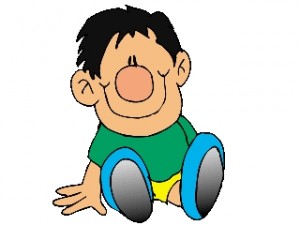 10x table maths worksheet from mathsblog.co.uk
10x table maths worksheet from mathsblog.co.uk
The 10 times table is often the second that is learnt by children, usually after the two times table. The reason for this is that it appears to be easy. Before attempting to learn the table children should have had plenty of practice counting up and down in tens.
However, there is a great danger with the ten times table in that many children are told to just ‘add a nought’ when multiplying by 10. This is disastrous to later understanding of place value and does not work when multiplying a decimal by 10 (eg 2.3 x 10 is not 2.30, it is 23).
The whole idea of tables is that they are learnt, off by heart. To do this it is essential to say them out loud:
One times ten is ten
two times ten is twenty
three times ten is thirty
four times ten is forty
five times ten is fifty
six times ten is sixty
seven times ten is seventy
eight times ten is eighty
nine times ten is ninety
ten times ten is one hundred.
Below are two free maths worksheets on the 10x table.
10x table
![]() Whilst young children are not expected to know the term ‘ordinal numbers’ they are expected to know and understand terms such as first, second, third etc.
Whilst young children are not expected to know the term ‘ordinal numbers’ they are expected to know and understand terms such as first, second, third etc. 4 times table worksheets from mathsblog.co.uk
4 times table worksheets from mathsblog.co.uk



